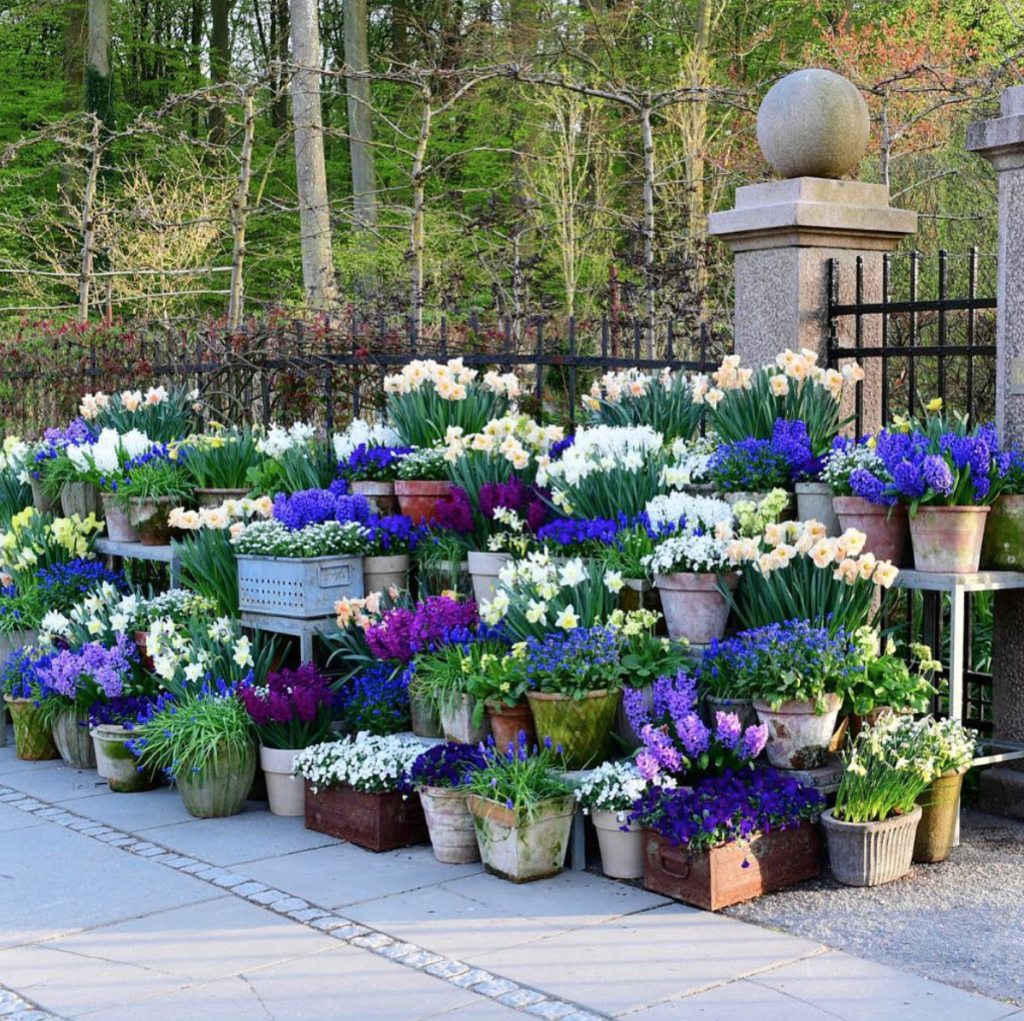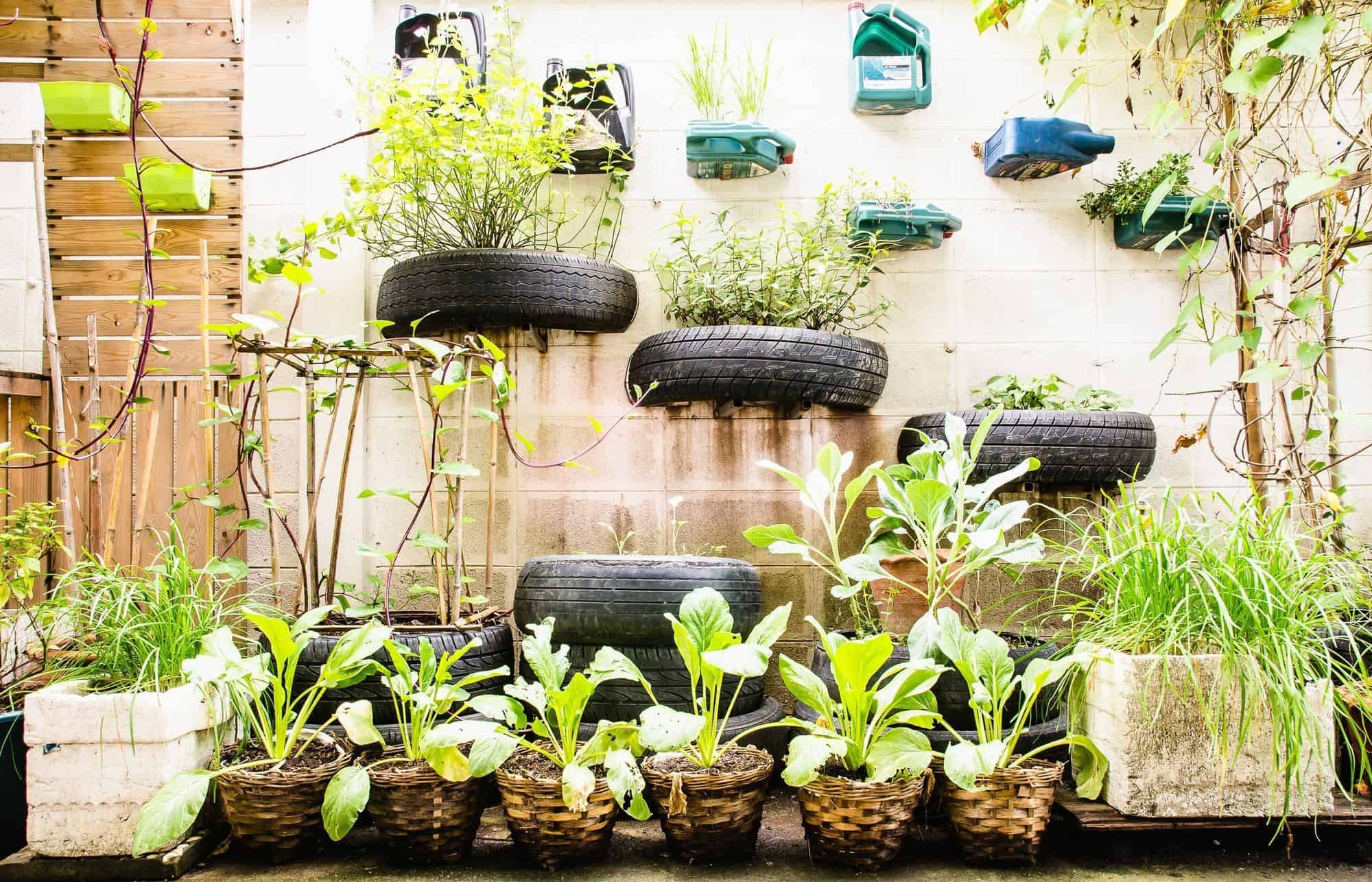How to Set Up a Modern Container Garden

Imagine transforming your small urban balcony or patio into a lush, verdant oasis. Picture vibrant flowers, fresh herbs, and even vegetables thriving in a space you once thought was too limited for gardening. Welcome to the world of container gardening—a modern solution for urban dwellers seeking to connect with nature. Whether you're a seasoned green thumb or a novice just dipping your toes into the soil, this guide will walk you through every step of how to set up a modern container garden. Let's dive in!
Understanding Container Gardening
Container gardening is more than just a trend; it's a practical and beautiful way to bring life to small spaces. Whether you live in an apartment with a tiny balcony or a house with a modest patio, container gardening allows you to create a thriving garden in even the smallest of areas.
Benefits of Container Gardening
- Flexibility: Containers can be moved around easily, allowing you to rearrange your garden as needed.
- Space Efficiency: Perfect for urban gardening, containers maximize limited space.
- Control: You have complete control over the soil, water, and light conditions, making it easier to grow specific plants.
- Aesthetics: Containers add a modern touch to your garden, blending seamlessly with contemporary design.
Getting Started: Choosing the Right Containers
The first step in setting up your modern container garden is selecting the right containers. The options are vast, from classic terracotta pots to sleek, modern planters made of metal or plastic. Here are some tips to help you choose:
Types of Containers
- Terracotta Pots: Classic and breathable, but can be heavy and fragile.
- Plastic Pots: Lightweight, durable, and come in various colors and designs.
- Metal Containers: Modern and stylish, but can heat up quickly in the sun.
- Wooden Planters: Rustic and natural, but require regular maintenance to prevent rot.
Size Matters
The size of your containers will depend on the plants you choose. Larger plants need more space for their roots to grow, while smaller plants can thrive in compact containers. As a general rule, choose a container that is at least as wide and deep as the plant's root ball.
Selecting the Perfect Plants
Choosing the right plants is crucial for a successful container garden. Consider the amount of sunlight your space receives, as well as the climate and your personal preferences. Here are some planting in containers tips:
Sun-Loving Plants
- Herbs: Basil, rosemary, and thyme thrive in full sun.
- Vegetables: Tomatoes, peppers, and cucumbers need plenty of sunlight.
- Flowers: Marigolds, petunias, and geraniums add a pop of color to sunny spots.
Shade-Tolerant Plants
- Herbs: Mint, parsley, and chives can tolerate partial shade.
- Vegetables: Lettuce, spinach, and kale grow well in shadier areas.
- Flowers: Impatiens, begonias, and fuchsias brighten up shady corners.
Planting in Containers: Step-by-Step Guide
Now that you have your containers and plants, it's time to get your hands dirty. Follow these steps to ensure your plants get off to a great start:
Preparing Your Containers
- Drainage: Ensure your containers have drainage holes to prevent waterlogging.
- Soil: Use high-quality potting soil specifically designed for container gardening.
- Fertilizer: Add a slow-release fertilizer to the soil for sustained nutrition.
Planting Your Plants
- Fill the Container: Fill your container about two-thirds full with potting soil.
- Place the Plant: Gently remove the plant from its nursery pot and place it in the container.
- Add More Soil: Fill in around the plant with more soil, pressing gently to remove air pockets.
- Water: Give your newly planted container a good soak to settle the soil.
Maintaining Your Modern Container Garden
A thriving container garden requires regular care and attention. Here are some urban gardening tips to keep your plants healthy and happy:
Watering
Containers dry out faster than in-ground gardens, so regular watering is essential. Check the soil moisture daily, especially during hot, dry periods.
Fertilizing
Since container plants rely on a limited amount of soil, they need regular fertilizing. Use a balanced, water-soluble fertilizer every 2-4 weeks.
Pruning
Regular pruning keeps your plants looking their best and encourages bushier growth. Remove dead or damaged leaves and stems as needed.
Pest Control
Keep an eye out for pests and diseases. Use organic or chemical pesticides sparingly and as a last resort. Regularly inspect your plants for signs of trouble.
Modern Garden Ideas: Designing Your Space
Designing your container garden is where you can let your creativity shine. Think of your garden as a living canvas, where you can arrange and rearrange your containers to create different looks and moods.
Color and Texture
Mix and match plants with different colors, textures, and heights to create visual interest. Consider the color of your containers as well, choosing shades that complement your plants and outdoor space.
Grouping and Layering
Group containers of varying sizes and heights to create a layered effect. Place taller plants in the back or center, with shorter plants in front. This creates a sense of depth and makes your garden feel more lush and abundant.
Thematic Gardens
Create a themed garden to add a personal touch. Whether it's a herb garden for cooking, a succulent garden for low-maintenance beauty, or a pollinator garden to attract bees and butterflies, the possibilities are endless.
Troubleshooting Common Issues
Even with the best care, issues can arise in your container garden. Here are some common problems and solutions:
Overwatering
Symptoms: Yellowing leaves, wilting, and root rot. Solution: Ensure your containers have proper drainage and allow the soil to dry out slightly between waterings.
Underwatering
Symptoms: Dry, crispy leaves, wilting, and stunted growth. Solution: Water your plants more frequently, especially during hot, dry periods.
Nutrient Deficiencies
Symptoms: Yellowing leaves, slow growth, and poor flowering. Solution: Use a balanced fertilizer regularly to replenish nutrients in the soil.
Conclusion
Setting up a modern container garden is a rewarding journey that brings nature into even the smallest of spaces. By choosing the right containers, selecting the perfect plants, and providing regular care, you can create a thriving oasis that adds beauty and life to your urban environment. So, what are you waiting for? Grab your gloves, and let's get planting!

FAQs
What are the best plants for a shady container garden? Shade-tolerant plants like impatiens, begonias, and fuchsias are great for shady container gardens. Herbs like mint and parsley, as well as vegetables like lettuce and spinach, also thrive in partial shade.
How often should I water my container garden? The frequency of watering depends on the type of plants, the size of the containers, and the weather conditions. As a general rule, check the soil moisture daily and water when the top inch of soil feels dry.
Can I grow vegetables in a container garden? Absolutely! Many vegetables, such as tomatoes, peppers, and lettuce, grow well in containers. Choose compact varieties and ensure your containers are large enough to accommodate the plants' root systems.
What is the best type of soil for container gardening? High-quality potting soil specifically designed for container gardening is the best choice. It provides the right balance of drainage, aeration, and nutrients for healthy plant growth.
How can I prevent pests in my container garden? Regularly inspect your plants for signs of pests and diseases. Use organic or chemical pesticides sparingly and as a last resort. Encourage beneficial insects like ladybugs and lacewings to help control pest populations naturally.

Happy gardening!
0 Response to "How to Set Up a Modern Container Garden"
Post a Comment